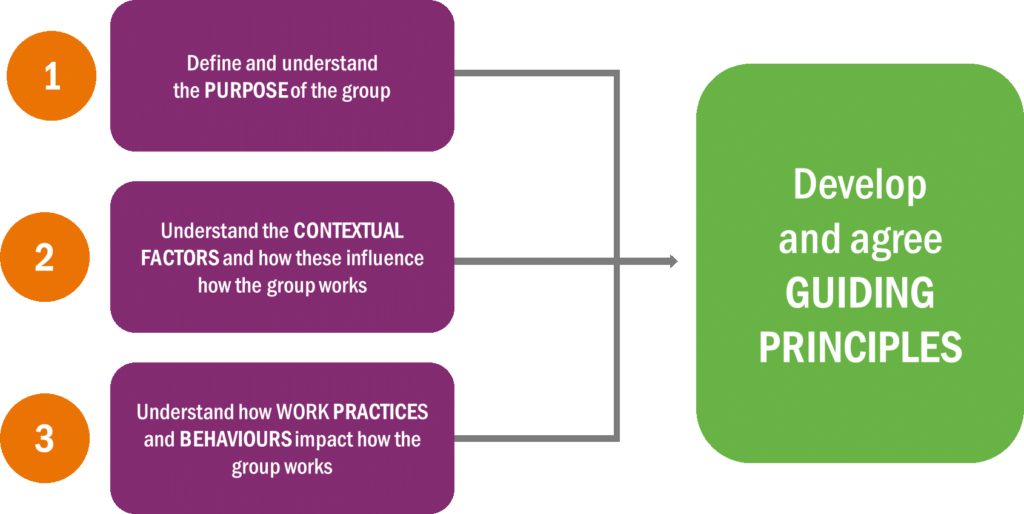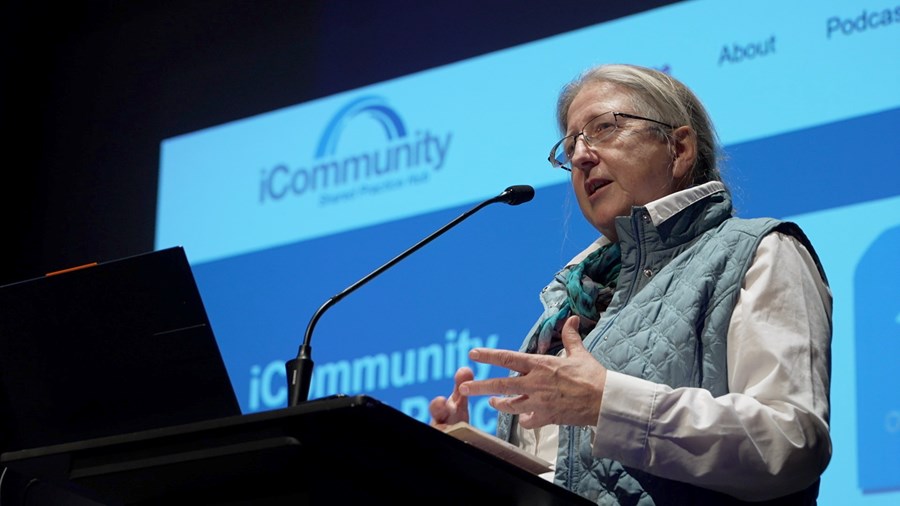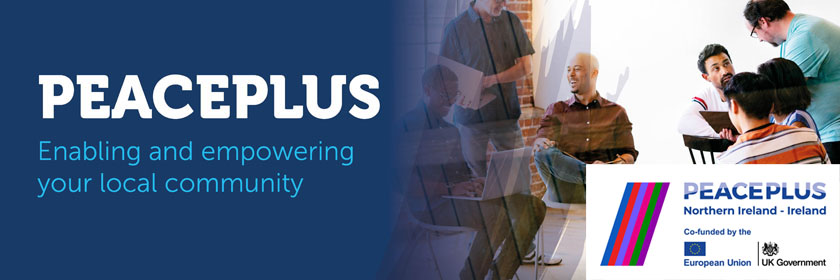Collaborating with Purpose – Reflections on Collaboration at The Wheel Charity Summit 2023


Inside or outside of work, it is hard to think of much that is of value which gets accomplished without some type of collaboration. However, how often do we take time to reflect on how we collaborate and whether we can set ourselves up to do this more effectively so that collaboration can have a greater impact?
These were some of the questions we explored at a recent workshop at the Wheel’s Charity Summit in Croke Park. At this workshop, we shared some of what we are learning about collaboration from our work across different settings and sectors, along with some tools and approaches. We were keen to see how this matched with the experience of community and voluntary organisations attending.
What does collaboration mean?
“If you want to go fast, go alone. If you want to go far, go together” is an old African proverb often quoted to articulate why collaboration is important. However, collaboration has many features, is carried out for many reasons and, when done well, can realise many benefits and opportunities. The below word cloud illustrates the words that the workshop attendees used to describe what collaboration means to them.

Reflections on collaboration
- The more a group puts into collaboration collectively, the more they get out of it – by going ‘All-in’ the group has a better chance of success. Collaboration is a journey but requires consistent sustained effort to support it. The context in which any group works is unique to them. It’s worth taking the time to evaluate and understand how a group collaborates.
- Commitment to collaboration and the desire to do right was the common experience found in programmes established around the country to respond to the recent emergencies including COVID-19 and the support for Ukrainian migrants. It pushed us into new forms of collaboration. Overnight, people agreed to collaborate on projects to succeed and barriers broke down immediately due to commonality.
- Trust and mutual respect need to be built at the beginning of a collaboration to build a foundation. These are fundamental to sustainability of the collaboration. Setting structures, processes, and mutual accountability are key to this. Participants are encouraged to listen to understand, rather than listen to respond.
- A common barrier to successful collaboration is imbalance in input, e.g., one party feeling like they’re carrying the bulk of the work. Partnership can feel like a top-down experience. This can be a natural part of any collaboration and can be overcome. Naming that imbalance and recognising it will help to build trust between parties.
- Collaboration is hard and takes effort. It’s hard to find the time to do it properly. However, it won’t happen by magic so it must be planned and purposeful and needs to be entered into conscientiously. Following a simple process will help kick start the collaborative process and also provide the group with a blueprint to help inform how they will work together.
Four steps to establish effective collaboration
This simple process can be used for groups that are newly forming or with groups/teams that have worked together but who have maybe lost their way.

Step 1: Define and understand the PURPOSE of the group: Get the group to work together to develop a mission or purpose statement – typically 1-2 sentences, 12-15 words – that articulates what the group should accomplish. Setting the group such a task will require them to step back and focus on what the group needs to achieve as opposed to what any individuals need. In doing this, the members are forced to engage with, listen to and interact with others, so kick-starting collaboration in practice.
Step 2: Identify the CONTEXTUAL FACTORS that influence how the group will collaborate: The context within which any group has to operate will always be unique, so time is well spent teasing out these factors and understanding how they will impact and inform the group and how it works. Barriers to collaboration identified by workshop participants included differing priorities between group members, the impact of a lack of political support, red-tape and changing regulation while having a common goal, shared skills, leveraging established working relationships and the opportunity to identify funding opportunities were cited as strong enablers of collaboration. In taking this approach to identify, understand and evaluate the contextual factors, the group must work together to get alignment of opinion, understanding of perspective and alignment of approach to be taken. This is ‘collaboration in action’.
Step 3: Understand how WORK PRACTICES and BEHAVIOURS impact how the group works: How the group works and how everyone behaves, both as a group, but also as individuals within that group, really matters and will shape how effective they are as a unit. In this step, the group reflects on the work practices (when do they meet, where and how often; how much structure there is with information sharing and reporting, etc.) as well as how people behave (do people engage, are discussions open, do people hold back, are people motivated, etc.). Ensuring people open up and are honest is important here to building strong collaboration so the use technology solutions that allow for candid sharing of opinion to facilitate such a discussion can be helpful here.
Step 4: Develop and agree GUIDING PRINCIPLES: Using the insights collected through steps 1-3 the group should bring all this information together to form a clear set of principles that will guide how the group will operate and function. We recommend agreeing 5-6 principles and suggest the group agrees a similar number of commitments that all group members will commit to undertake to adhere to those principles.

Having developed this rulebook or blueprint together, the collaboration is underway, and is set up for success. Anchoring the group back to the Guiding Principles and Commitments on a regular basis will keep them front and centre with the group and continue to promote their benefits in shaping and sustaining effective collaboration.
Five resources to help you to collaborate
The following resources can be used to support teams and groups in the collaboration process
- Stakeholder Engagement Tool:
- Actions and Decisions Log:
- RACI Matric:
- 15 Days: The Toolkit – A resource for practitioners interested in adapting an accelerated, collaborative problem-solving methodology
- Self Evaluation Checklist – A resource to help teams determine if collaboration will help: partnership prelims (warringtonva.org.uk)
CES works with government departments and service providers to design, implement and evaluate public policies and services. CES is an all a not-for-profit organisation. For more information visit www.effectiveservices.org


